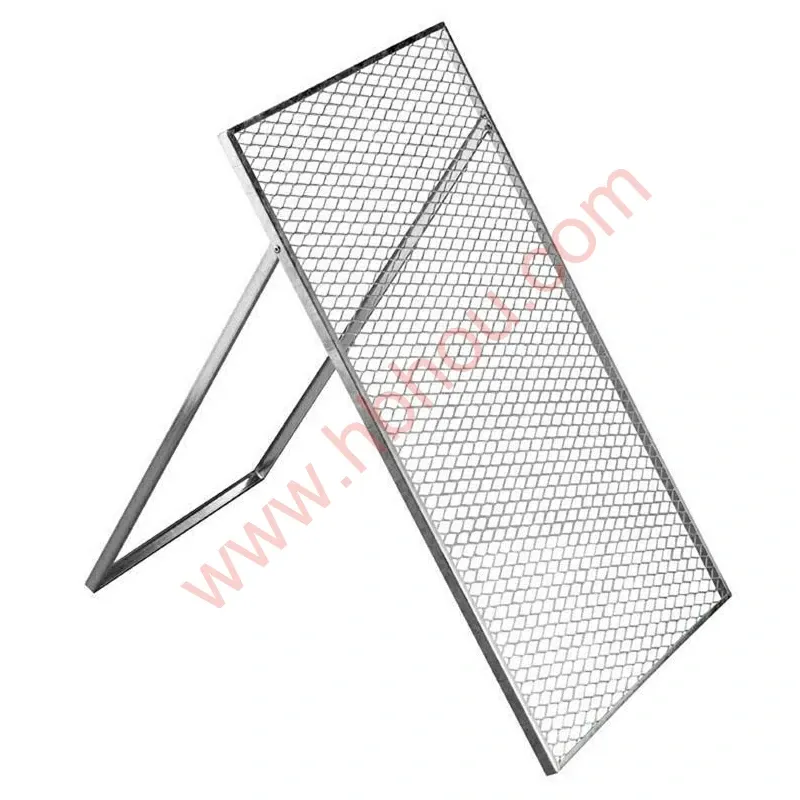Understanding Tomato Cage Sizes A Guide for Successful Gardening
Tomatoes are a staple in many home gardens, celebrated for their vibrant flavor and versatility in the kitchen. However, to ensure a bountiful harvest, it is essential to provide proper support for these thriving plants. This is where tomato cages come into play, a crucial tool for preventing damage and promoting healthy growth. In this article, we will delve into the various sizes of tomato cages, their benefits, and tips for choosing the right cage for your garden.
The Importance of Using Tomato Cages
Tomatoes are naturally vine-like plants, which means they require support to grow optimally. Without adequate support, tomato plants can become overgrown, leading to issues such as stem breakage, increased exposure to soil-borne diseases, and difficulty in harvesting the fruit. Tomato cages help to keep plants upright, allowing for better air circulation and sunlight exposure, which are vital for healthy growth and ripening.
Different Sizes of Tomato Cages
1. Small Cages (18-24 inches tall) Small cages are ideal for determinate tomato varieties, which tend to grow to a specific height and produce all their fruit in a relatively short period. These cages are often easy to maneuver and are suitable for container gardens or small spaces. They typically provide sufficient support for plants that don’t grow excessively tall.
2. Medium Cages (36-48 inches tall) Medium-sized cages cater to both determinate and some indeterminate tomato varieties. They offer a good balance of height and stability, making them versatile for most home gardening scenarios. These cages provide adequate support during the tomato plant’s growth phase, allowing for sufficient airflow and sunlight while still being manageable.
3. Large Cages (54-72 inches tall) Large cages are primarily designed for indeterminate tomato varieties, which can grow extensively and continue fruiting throughout the growing season. These cages provide ample height and sturdiness, which is essential for supporting the heavy fruit-bearing branches of larger tomato plants. Additionally, their height allows gardeners to easily access the plants for staking and harvesting.
4. Custom or DIY Cages For dedicated gardeners, crafting personalized tomato cages can be a rewarding project. This allows for customization in size, shape, and materials based on specific garden needs and space. Using materials such as concrete reinforcing wire, PVC pipe, or sturdy wooden stakes can yield highly effective and durable cages tailored specifically to the varieties of tomatoes being grown.
Material Considerations
tomato cage sizes

Tomato cages come in various materials, each with its pros and cons
- Metal Cages Durable and sturdy, metal cages provide excellent support and can last several seasons. However, they can be more expensive and may rust over time if not coated. - Plastic Cages These are lightweight and often more affordable but may lack stability and strength compared to metal options. They are suitable for shorter growing seasons and lighter plants. - Wooden Cages Wooden structures can be aesthetically pleasing and environmentally friendly. However, they may require more maintenance, as wood can rot if not treated properly.
Tips for Choosing the Right Tomato Cage
1. Assess Your Tomato Variety Understanding whether you are planting determinate or indeterminate tomatoes will largely influence your choice of cage size. Determine which types you want to grow and choose a cage width and height accordingly.
2. Consider Your Garden Space Evaluate the space available in your garden. If space is limited, opting for shorter, more compact cages may be beneficial. Conversely, if you have ample room, larger cages will help support more extensive growth.
3. Stability and Durability Look for cages that are sturdy enough to withstand the weight of mature tomato plants, especially when laden with fruit. Metal cages are generally more durable, whereas plastic might need reinforcements.
4. Trial and Adaptation Don’t hesitate to experiment with different sizes and materials. Gardening is often about trial and error, and what works well in one season may need to be adjusted in the next for optimal results.
Conclusion
Selecting the right tomato cage size is crucial for supporting healthy tomato plants and ensuring a successful harvest. With the right cage, gardeners can enjoy the process of nurturing their tomatoes, free from the worries of broken branches or disease. By understanding the different sizes and materials available, gardeners can make informed choices that promote growth and productivity in their gardens, leading to a delicious crop of homegrown tomatoes. Whether you are a novice or an experienced gardener, using the proper tomato cage will definitely make a difference in your gardening experience!
















